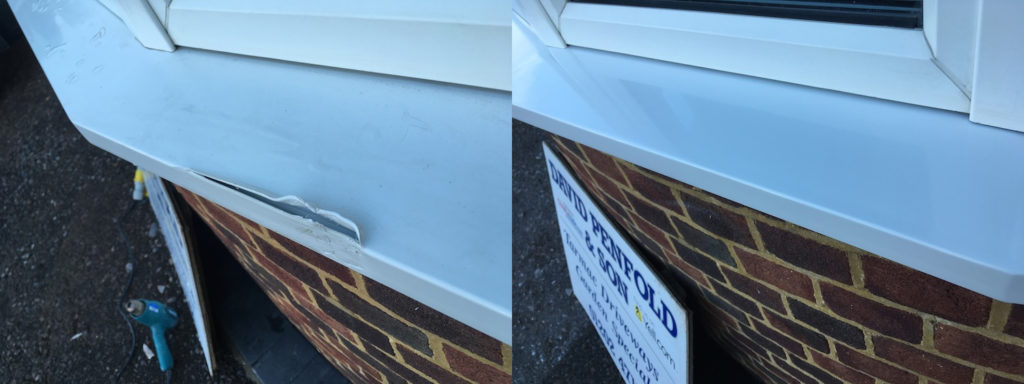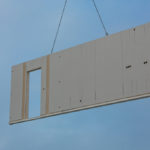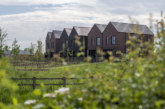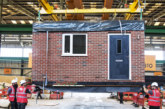Gary Danson, Operations Director at Plastic Surgeon, the UK’s market-leading specialist repair firm, discusses the rise of modular construction industry and how the repair sector can help maximise its advantages.
A modular approach to construction is becoming increasingly common across the industry. There are many reasons for this, but one of the primary drivers is sustainability.
Contractors and housebuilders are increasingly obliged to take this into account when delivering on projects, something that’s driven by Government expectations and amplified public scrutiny.
For those operating in the public sector on Government funded projects, a sustainable approach is all the more important as they’re expected to lead the way in promoting environmentally-friendly ways of working.
The construction and housebuilding industries are amongst the largest consumers of raw materials, and are large contributors to greenhouse gas emissions, so it’s no surprise that their sustainability is under increasing evaluation.

Move to modular
The modular approach, where building components are created and turned into modules within a factory setting, before being transported to site, provides a greener way of working.
This is because prefabricated materials tend to use a lot less energy in their creation as well as allowing for fewer mistakes, thanks to the controlled environment in which they’re constructed. Over time, this can have a considerable impact on energy consumption, with construction firms potentially racking up large energy savings.
The speed of construction is also greatly enhanced, while disruption to nearby businesses and residents is minimised. This approach can be especially beneficial for creating accommodation in record time. An example of this is the 29-storey Apex House in London, which was created with 679 factory built modules forming 560 student rooms. With the modules resembling shipping containers, they’re already fully kitted out with a kitchen, bathroom and the necessary electrics and light fittings.
The process involves transporting the modules to site via lorry and then using a tower crane to lift them into position. In the case of Apex House, the project timeframe was half that of a concrete of steel-framed equivalent, having been completed within a year.
For housebuilding sites, where several hundred homes are being developed, a modular approach allows for homes, all built in a similar fashion, to be created swiftly and efficiently.
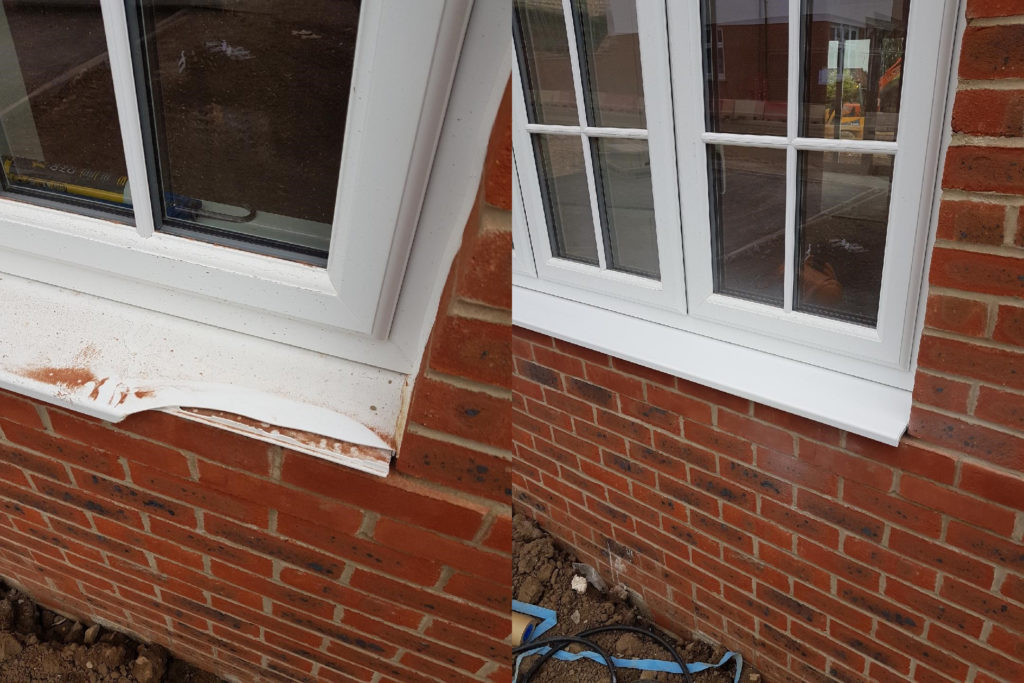
The benefits of ‘repair’
So, with the modular approach well established, how does repair fit into this? Although modular buildings are easier to construct and easier to retrieve once the lifespan has been maxed, simply replacing damaged items within modular units is a tougher prospect.
Given that modular construction often occurs in factories that are potentially hundreds of miles away from the eventual site, it’s no simple process to simply rip out an item and replace it. A much more sustainable and cost effective approach would see a repair specialist called into fix any damage. And despite contractors taking care to protect modules en route to their destination, damage can often occur in transit regardless, meaning a repair specialist is the most effective alternative to replacement.
Thanks to the flexibility of repair, it also helps to ensure projects stick to the anticipated timeframe and meet the requisite deadlines. Replacement can lead to delays through the need to wait for appropriate replacement parts/products to arrive on site, or for a mix of trades to be organised. A repair specialist on the other hand, can be on site and conducting multiple repairs at comparatively short notice, with the added benefit of there being minimal disruption to wider activities.
The trend towards modular construction is set to continue apace, and it’s something that repair is set to play an ever-growing role in supporting.
